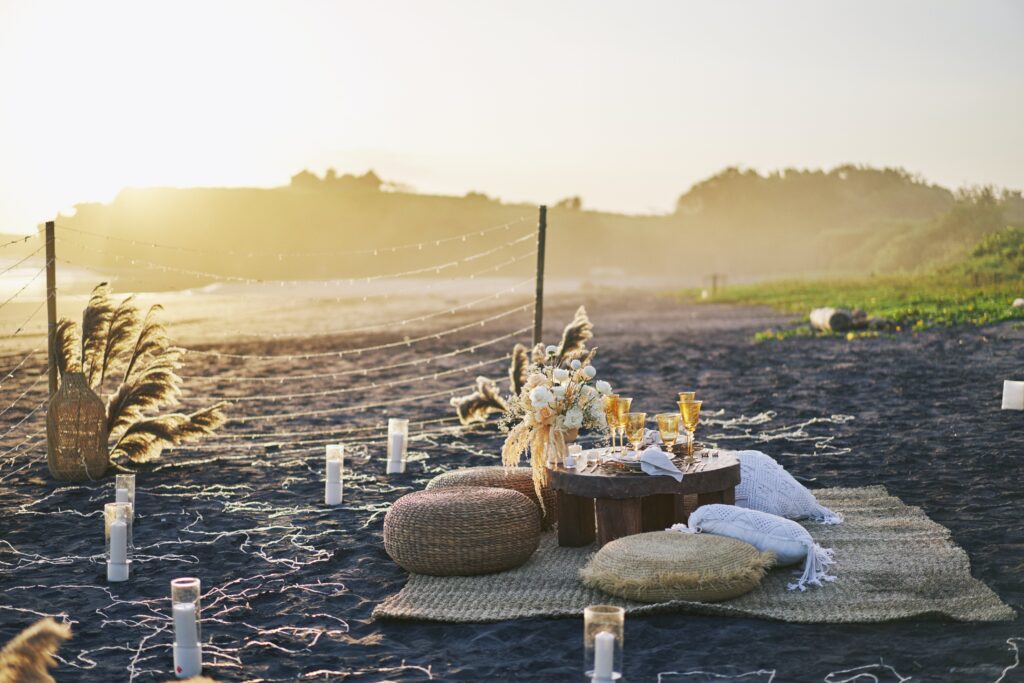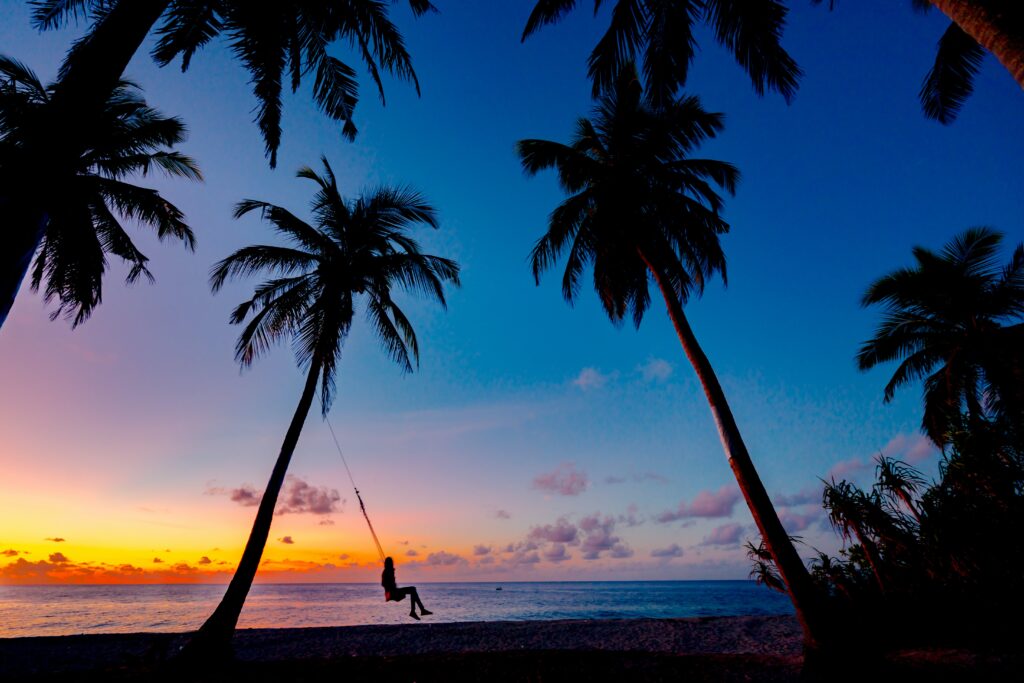Goa, a coastal paradise on the southwestern coast of India, is renowned for its sun-kissed beaches, vibrant culture, and laid-back atmosphere. Nestled between the Western Ghats and the Arabian Sea, this smallest Indian state is a mosaic of golden sands, swaying palm trees, and historic charm. The beaches, such as Baga, Calangute, and Anjuna, are not just stretches of sand but vibrant hubs of activity with shacks serving delectable seafood, water sports beckoning adventure seekers, and lively beach parties continuing well into the night.
Beyond the coastline, Goa’s rich heritage is evident in its colonial architecture, with churches like the Basilica of Bom Jesus and the Se Cathedral standing as silent witnesses to centuries of history. The vibrant markets of Mapusa and Anjuna offer a kaleidoscope of colors, where one can find everything from spices and textiles to unique handicrafts.
The state’s festivals, especially the vibrant Carnival and the spirited Shigmo, showcase the blend of Portuguese and Indian influences, creating a unique cultural tapestry. Goa’s spice plantations, dense forests, and the tranquil backwaters of the Chapora River offer a peaceful retreat from the lively beaches, providing a diverse range of experiences for every traveler. Whether one seeks the thrill of water sports, the serenity of nature, or the pulsating rhythm of beach life, Goa remains an ever-enchanting destination that captures the hearts of all who visit.
Goa’s allure extends beyond its sandy shores and historic landmarks, delving into a world of rich biodiversity and lush landscapes. The Western Ghats, a UNESCO World Heritage site, cradle the state’s eastern border, offering trekking trails through dense forests and revealing cascading waterfalls like Dudhsagar, which is particularly mesmerizing during the monsoon season.
The laid-back villages of Goa, surrounded by rice paddies and swaying coconut groves, provide a glimpse into traditional Goan life. Old Goa, a UNESCO World Heritage site, boasts well-preserved churches and convents, including the Church of St. Cajetan and the Church of St. Francis of Assisi, showcasing the architectural legacy of Portuguese colonial rule.
Goa’s culinary scene is a delightful fusion of flavors influenced by its multicultural history. From spicy vindaloo and tangy sorpotel to fresh seafood delicacies, the local cuisine is a feast for the senses. Famed for its vibrant nightlife, Goa offers a diverse array of entertainment, from beach parties and trance music festivals to cozy beachfront shacks where one can savor a refreshing drink while gazing at the moonlit Arabian Sea.
The state’s numerous wildlife sanctuaries, including the Bhagwan Mahavir Wildlife Sanctuary and the Cotigao Wildlife Sanctuary, provide a haven for diverse species, including elusive big cats and vibrant birdlife. Goa, with its eclectic blend of sun, sand, culture, and nature, remains an ever-evolving destination, inviting exploration and leaving an indelible mark on those fortunate enough to experience its multifaceted charm.





1.Dabolim Airport (GOI)
A1: The best time to visit Goa is during the winter months, from November to February, when the weather is pleasant, and the festivities are in full swing.
A3: The currency used in Goa, as in the rest of India, is the Indian Rupee (INR).
A4: Must-visit attractions include the Basilica of Bom Jesus, Fort Aguada, Dudhsagar Waterfalls, and the vibrant markets of Mapusa and Anjuna.
A5: Goa is famous for its vibrant nightlife, with beach parties, shacks with live music, and clubs in popular areas like Baga and Anjuna.
A6: Yes, Goa offers a variety of water sports, including parasailing, jet-skiing, windsurfing, and banana boat rides at its many beaches.
